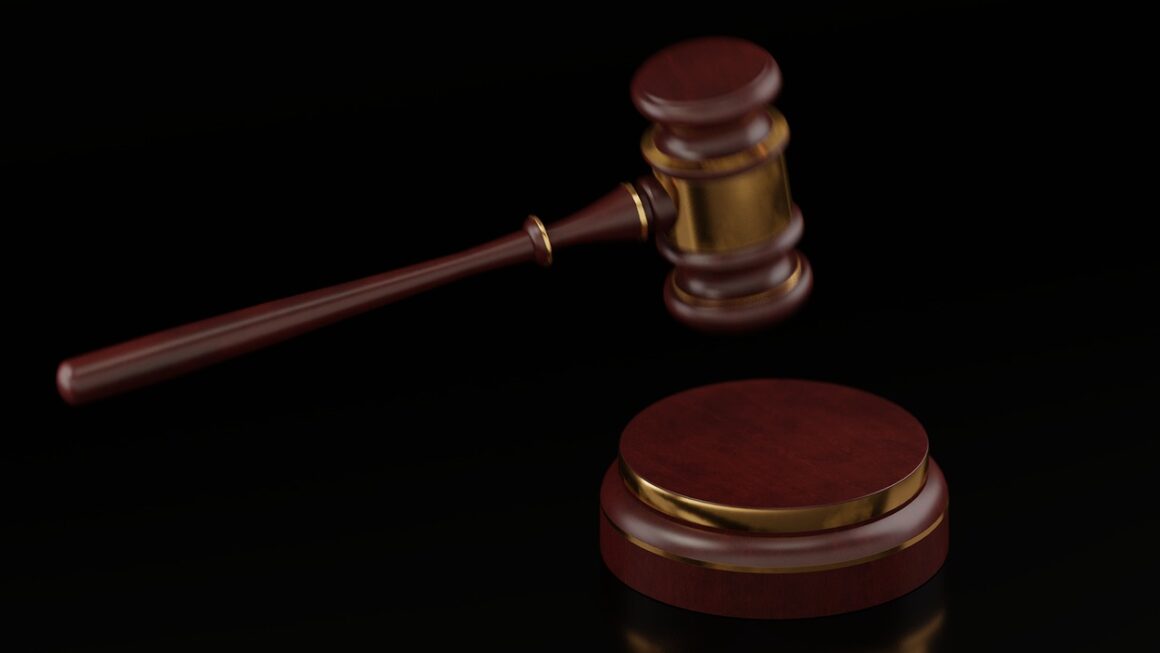Navigating the intricate landscape of regulations can feel like traversing a dense forest. Whether you’re a seasoned entrepreneur, a budding startup, or simply a concerned citizen, understanding the rules that govern our society and economy is crucial. This blog post will serve as your comprehensive guide to regulations, demystifying their purpose, exploring their impact, and providing practical insights into how to navigate them effectively.
Understanding Regulations: Why They Matter
Regulations are the rules implemented and enforced by government agencies to control conduct and activities within a specific area. They exist to protect consumers, promote fair competition, ensure safety, and safeguard the environment. Understanding these rules is not just a matter of compliance; it’s a strategic advantage that can help businesses thrive and individuals make informed decisions.
The Purpose of Regulations
- Protecting Consumers: Regulations ensure that products and services meet certain safety and quality standards, preventing harm to consumers. Think of food safety standards enforced by the FDA or consumer protection laws governing financial products.
- Promoting Fair Competition: Antitrust laws and regulations prevent monopolies and other unfair business practices, fostering a level playing field for businesses.
- Ensuring Safety and Health: Workplace safety regulations enforced by OSHA and environmental protection regulations by the EPA are designed to protect workers and the public from hazards.
- Safeguarding the Environment: Regulations limit pollution, conserve natural resources, and protect endangered species, ensuring a sustainable future.
- Maintaining Public Order: Rules like traffic laws and building codes provide a framework for organized and safe community living.
The Impact of Regulations on Businesses and Individuals
Regulations can have a significant impact on both businesses and individuals. For businesses, compliance with regulations can be costly, requiring investments in equipment, training, and personnel. However, non-compliance can result in hefty fines, legal action, and damage to reputation. For individuals, regulations affect everything from the food we eat to the cars we drive to the way our homes are built.
- Example: The Dodd-Frank Act, enacted in response to the 2008 financial crisis, imposed stricter regulations on the financial industry. While intended to prevent another crisis, it also increased compliance costs for banks and other financial institutions.
Types of Regulations: A Broad Overview
Regulations come in many forms and cover a wide range of areas. Understanding the different types of regulations can help you identify those that are most relevant to your specific situation.
Industry-Specific Regulations
These regulations apply to specific industries, such as healthcare, finance, or transportation.
- Healthcare: HIPAA regulations protect patient privacy, while the Affordable Care Act (ACA) regulates health insurance markets.
- Finance: The Securities and Exchange Commission (SEC) regulates the securities industry, while the Consumer Financial Protection Bureau (CFPB) protects consumers in the financial marketplace.
- Transportation: The Department of Transportation (DOT) regulates airlines, trucking companies, and other transportation providers.
Environmental Regulations
These regulations aim to protect the environment and natural resources.
- Clean Air Act: Regulates air pollution from various sources.
- Clean Water Act: Regulates water pollution and protects water quality.
- Endangered Species Act: Protects endangered and threatened species and their habitats.
Labor and Employment Regulations
These regulations govern the relationship between employers and employees.
- Fair Labor Standards Act (FLSA): Establishes minimum wage, overtime pay, and child labor standards.
- Equal Employment Opportunity (EEO) laws: Prohibit discrimination based on race, color, religion, sex, national origin, age, or disability.
- Occupational Safety and Health Act (OSHA): Ensures safe and healthy working conditions.
Data Privacy Regulations
These regulations focus on the collection, storage, and use of personal data.
- General Data Protection Regulation (GDPR): Protects the personal data of individuals in the European Union.
- California Consumer Privacy Act (CCPA): Gives California residents more control over their personal information.
Navigating the Regulatory Landscape: A Practical Guide
Navigating the regulatory landscape can be challenging, but with the right approach, you can effectively manage compliance and minimize risks.
Staying Informed About Regulations
- Subscribe to Industry Newsletters: Many industry associations and regulatory agencies offer newsletters that provide updates on new and changing regulations.
- Monitor Regulatory Agency Websites: Regularly check the websites of relevant regulatory agencies for announcements, guidance documents, and enforcement actions.
- Attend Industry Conferences and Workshops: These events provide opportunities to learn about regulatory changes and network with experts.
Building a Compliance Program
- Identify Applicable Regulations: Determine which regulations apply to your business or activities.
- Develop Policies and Procedures: Create written policies and procedures that outline how you will comply with applicable regulations.
- Train Employees: Ensure that employees are properly trained on relevant regulations and compliance procedures.
- Monitor and Audit Compliance: Regularly monitor your compliance efforts and conduct audits to identify and address any gaps.
- Example: A small business owner opening a restaurant needs to comply with health codes, food safety regulations, labor laws, and accessibility requirements. A robust compliance program would involve training employees in food handling, maintaining clean facilities, ensuring proper ventilation, and adhering to ADA standards for accessibility.
Utilizing Resources and Expertise
- Consult with Legal Counsel: An attorney can provide expert advice on regulatory compliance and represent you in legal matters.
- Engage Regulatory Consultants: Regulatory consultants can help you develop and implement compliance programs, conduct audits, and provide training.
- Leverage Technology: Compliance management software can automate many compliance tasks, such as tracking regulatory changes, managing documents, and generating reports.
The Future of Regulations: Trends and Challenges
The regulatory landscape is constantly evolving, driven by technological advancements, globalization, and changing societal values.
Emerging Technologies and Regulations
- Artificial Intelligence (AI): Regulations are being developed to address the ethical and societal implications of AI, such as bias, privacy, and accountability.
- Blockchain: Regulations are being considered to address the risks associated with cryptocurrencies and other blockchain applications, such as money laundering and fraud.
- Autonomous Vehicles: Regulations are being developed to ensure the safety and security of autonomous vehicles.
Globalization and International Regulations
- Trade Agreements: International trade agreements, such as the Trans-Pacific Partnership (TPP) and the Comprehensive and Progressive Agreement for Trans-Pacific Partnership (CPTPP), can impact regulations related to trade, investment, and intellectual property.
- International Standards: International standards, such as ISO standards, can influence regulations related to product quality, safety, and environmental management.
Balancing Innovation and Regulation
- Promoting Innovation: Regulations should be designed to encourage innovation and entrepreneurship, while also protecting consumers and the environment.
- Adapting to Change: Regulations need to be flexible and adaptable to keep pace with rapid technological advancements and changing societal needs.
- Example:* The rise of e-commerce has led to new regulations related to online privacy, data security, and consumer protection. Regulators are grappling with how to balance the benefits of e-commerce with the need to protect consumers from fraud and other risks.
Conclusion
Navigating the world of regulations is a continuous process that requires diligence, knowledge, and a proactive approach. By understanding the purpose of regulations, staying informed about changes, building a robust compliance program, and leveraging available resources, businesses and individuals can effectively manage regulatory risks and thrive in a complex environment. Embrace the challenge, see compliance not as a burden but as an opportunity to build trust, foster innovation, and contribute to a safer and more sustainable future.



